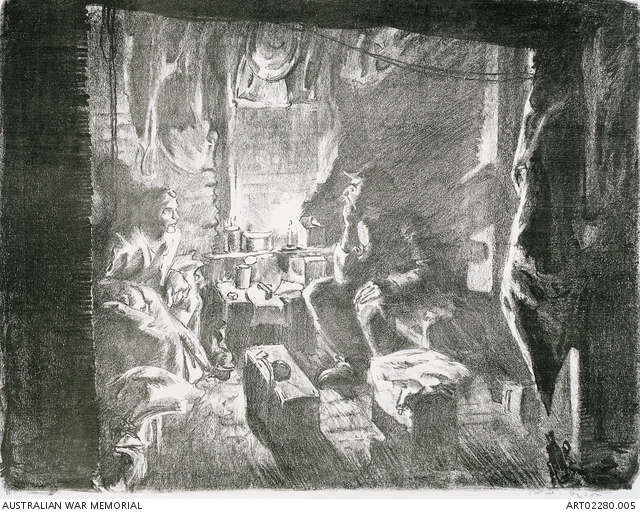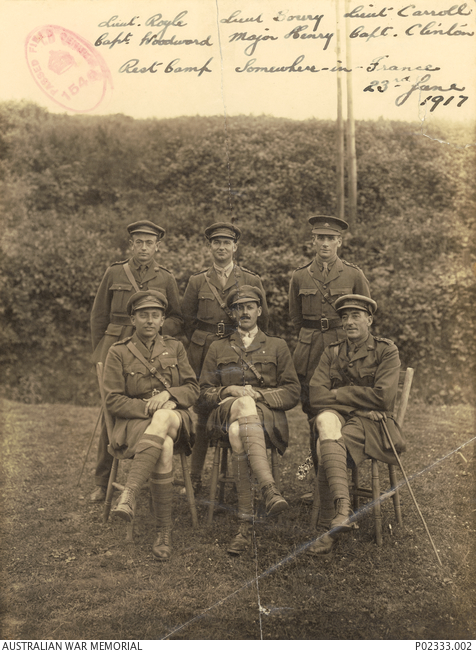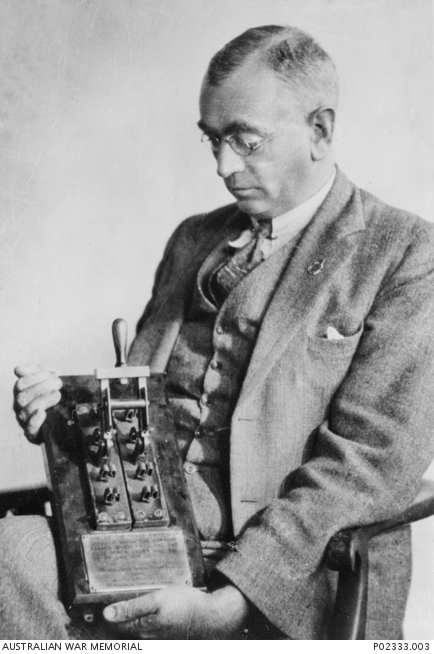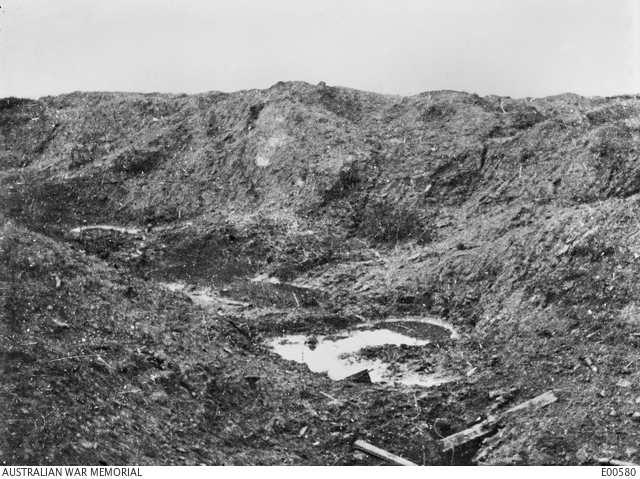Messines - Tunnellers and Mines
Tunnellers – Hill 60
The Battle of Messines was fought along a wide frontage. Australian infantry fought on the southern end of this line near Messines village, while to the north at Hill 60 near Ypres Australian tunnellers played a vital role in the detonation of part of a series of huge mines beneath the enemy’s trenches. The 1st Australian Tunnelling Company had worked there since November 1916, extending shafts for the mines while sometimes encountering German underground works. Finally, along the whole British front, 19 mines were exploded with a devastating effect and an impact that some said they felt in London. Many of the enemy were killed, and the survivors demoralised, even before the infantry attacked.
Read more on the mines at Hill 60, Messines (PDF - 10 pages)
Read more: 'Phantom soldiers: Australian tunnellers on the Western Front, 1916-1918' by Roy MacLeod
Miners of the 1st Australian Tunnelling Company excavating dug-outs in the Ypres sector. C54987
Australian Official War Artist Will Dyson visited Hill 60 where the 1st Australian Tunnelling Company had already operated for months counter-mining German tunnellers, prior to the opening of the Battle of Messines. Below are some of his impressions of that visit in drawings and lithographs.
'Battery Commander's dug-out, Hill 60' by Will Dyson. C155740
'The dynamo, Hill 60' by Will Dyson. C155742
'Dead beat, the tunnel, Hill 60' by Will Dyson. C169773
'Home comforts in the tunnels, Hill 60' by Will Dyson. C155729
Officers from the 1st Australian Tunnelling Company who fired the mine under Hill 60. C309451
John MacDiarmid Royle in 1934. In the photo above he is seen as a young lieutenant in the back row at left. In this photo he holds one of the electrical switches he used to detonate the mine under Hill 60, seventeen years before. C309452
A huge crater on Hill 60 in Belgium. C387950
The result was particularly deadly, for the mine was stated by the Germans to have taken up with it a whole company of Wurtumbergers...
Looking from an old crater on the north side of Hill 60, over the shell pitted ground towards Zillebeke Lake. C43242
The ground round about was strewn with pieces of iron, timber, concrete and wire ... rifles, equipment and ammunition were scattered about. The unburied bodies, rags and human bones, told tales of a series of battles... (Frank Hurley, Official Photographer)
A German pillbox which was overturned by the explosion of a mine, opposite the front, on the early morning of 7 June, just prior to the attack which opened the Battle of Messines. The soldier on the right, carrying what appears to be the Kodak Pocket Camera case over his left shoulder, is 2585 Corporal Ernest Lionel Bailey, 51st Battalion and Australian Corps Salvage AIF, who was accidentally killed in France on 17 May 1918 while gathering exhibits for the Australian War Records Section. C194596
Wytschaete crater. A soldier standing next to a water filled mine crater near Wytschaete, which was blown up by Australian Engineers at the commencement of the Battle of Messines. C1004395

 '
'







